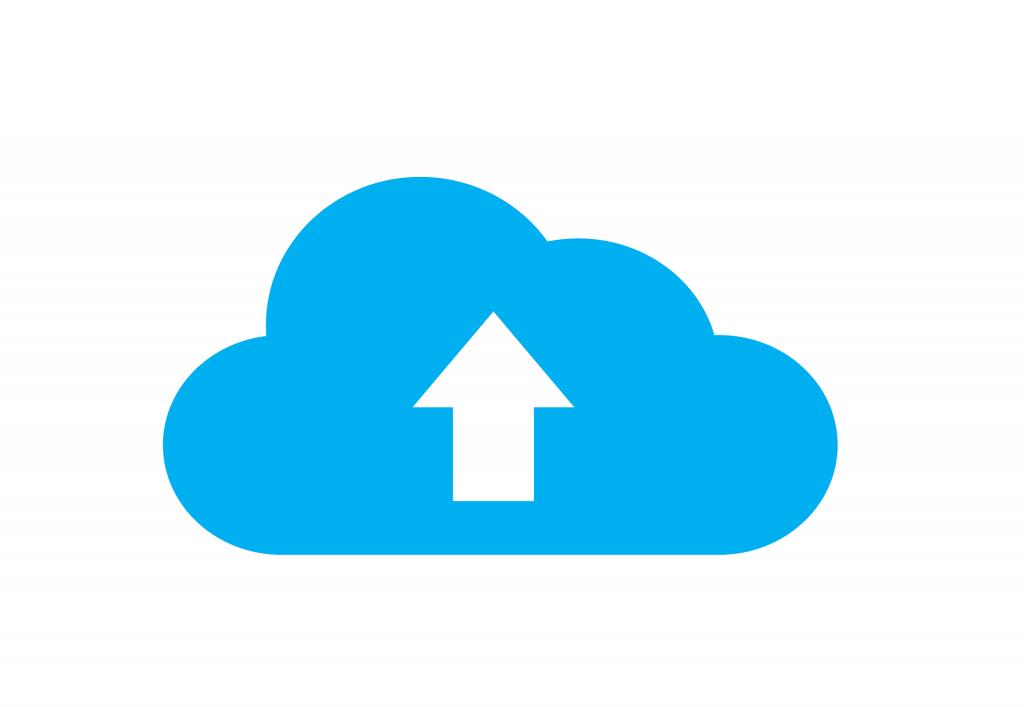The 3-2-1 Backup Method
I’ll never forget my first big data loss. The laptop that I had been using for several years gave out after months of grinding and other noises. Because the hard drive had seized up, there was no recovering the data… years and years of articles that I had written for one of the local newspapers, a recollection of Christmases in my home country of Jamaica, and many other documents were lost forever.
Have you recently lost data on a computer or mobile device? Maybe you lost important pictures taken on your phone, or accidentally deleted important financial documents. It’s something that most of us contend with at some point, and with a little bit of misfortune or lack of planning, something we may end up facing again. That’s why the 3-2-1 Backup Method is so important.
The 3-2-1 Backup Method is a strategy in which you have three copies of your data with two copies stored locally and one copy stored off-site. It doesn’t matter what kind of data you’re trying to protect – it works for anything from documents to images to videos. Using this method ensures that you will have a copy of your data in case the worst happens – a catastrophic power surge, hard drive failure, etc.
Now this may sound complicated or hard, but it really isn’t either of those things. It’s a fairly simple process to set up, and once you have it set up, as long as your backups happen regularly (I’ll talk about how frequently you should do this), you should never have a major data loss again. I say MAJOR, because if for some reason you have a power failure or your hard drive fails and you’ve been working on something that has not been backed up, then there may be slight loss of data from the last backup time to the time you lost power or your hard drive failed.
By using the 3-2-1 Backup Method you will have three (3) copies of your most important data. Two of those copies you’ll store locally at your home or office, and the third one you’ll store offsite, such as on the cloud, or on a remote server.
Let’s take a look at the three copies:
- The first copy is the one that you originally created on your device.
- The second copy can be placed on an external hard drive, a portable USB (flash) drive, or even burned to a CD. I highly recommend this 2 TB external hard drive by Western Digital. Two terabytes should be plenty of space to backup your files. If you have a lot of data, particularly videos and photos, and especially if you are backing up data for business, you can look into Amazon Simple Storage Solutions (S3), which gives you unlimited storage at very inexpensive rates.
- The third and final copy is the one you’ll store offsite. Some examples of offsite/remote storage are Google Docs, DropBox, Box, iDrive, Backblaze and Carbonite.

Adding this final layer of remote backup ensures that you have a full-fledged backup strategy, one that should serve you for many, many years unless there is some kind of catastrophic disaster. Frankly, if you ever run into a system where all three of these fail, you probably have bigger issues! 🙂
The best part of using a cloud-based service for backing up your data is that once it has been set up, it is for the most part, hands-free.
You can also apply the 3-2-1 backup method easily to your mobile devices. For example, I’m an Android user. My photos are backed up to Google Photos. It’s an automatic process that I don’t think about. I often back them up to Google Drive as well. From time to time, I also save these photos to my external hard drive. I also have IDrive enabled on my phone, and so this takes care of my offsite storage.
Just remember no backup system is perfect because as humans, we are not perfect. Technology can only do what we tell it to do, so it’s important to think things through, and set things up as thoroughly as possible at the start. Of course, as you learn more about how your system is working for you, and about changes in technology, you may need to make modifications.
The most important thing is to develop a system that you will stick with, and to use it. Whatever backup system you choose should be one that can, and will, actually implement and keep up with. However, in my (admittedly non-techie) opinion, the 3-2-1 backup method is one of the best systems you can implement to make sure you are covered if you lose your data through accident or unforeseen circumstances.
What do YOU do when it comes to backing up YOUR data? Leave me a comment (the comment section is below the bio box) and tell me! If this has been helpful for you, please let me know that, too, and please share this post.